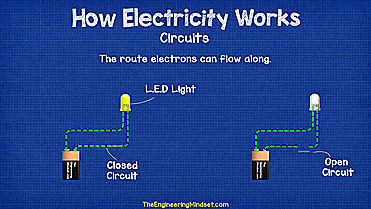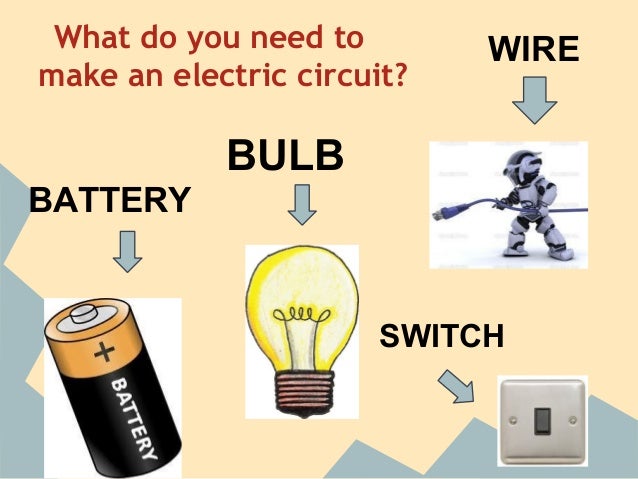

The electron-volt is commonly employed in submicroscopic processes-chemical valence energies and molecular and nuclear binding energies are among the quantities often expressed in electron-volts. These simple relationships between accelerating voltage and particle charges make the electron-volt a simple and convenient energy unit in such circumstances. If there was resistance in the circuit then the external force would have to do more work to move the charge \frac Q 2 around the circuit which would manifest itself as the resistor heating up. In an electric circuit, energy is conserved the circuit cannot. The missing \frac 1 2 CV2 - \frac 1 4 CV2 \frac 1 4 CV2 is the work done by an external force (you) in separating the capacitor plates. Similarly, an ion with a double positive charge accelerated through 100 V gains 200 eV of energy. The work done on the charge, E, is equal to the charge multiplied by the potential.

A potential difference of 100,000 V (100 kV) gives an electron an energy of 100,000 eV (100 keV), and so on. It follows that an electron accelerated through 50 V gains 50 eV. Starting off from the converter circuit and inverter circuit to have a proper understanding of the inverter device. \( \newcommand \, J.\]Īn electron accelerated through a potential difference of 1 V is given an energy of 1 eV.


 0 kommentar(er)
0 kommentar(er)
